My name is Linda. I write a bi-weekly newsletter about computer science, childhood, and culture.
Exciting news! Construction at the Ruoholahti playground in Helsinki has started, and it's been absolutely WILD to see the site finally take shape. The public playground is set to open this autumn, and we can't wait for children and young people to explore the exciting world of computers through play.
Kids naturally grasp the essence of the world by standing on their toes and feeling through their fingertips. My hope is that this computer-themed park will help children see the world of computers as approachable and adaptable. Imagine them crawling into a computer tower, seeing themselves as characters from their favorite games, or as data moving inside a computer.
The special play equipment arrived in Finland from Denmark last week, and installation starts this week. Soon, passersby (including me!) will be able to watch as a colorful computer tower and a giant keyboard take shape. Once the playground is complete, kids can learn to spell their names with binary numbers, perform a victory dance on a phone screen, or play in a sandbox shaped like a game controller.
I've been working on this project for almost four years, and I've come to appreciate how playgrounds have a huge opportunity to turn the whole city into a learning environment for children. I'm thrilled to see how local educators, playground staff, parents, and other stakeholders will build curriculum around these play structures.
If you're interested, here are some older posts about the project:
No 21 - Playgrounds 🤖 Public Spaces 📐 Architects for the very young
No. 22 — Paris 🇫🇷🗼 Pattern Language 🏙️ Kid City
No. 36 — Play/Pause ⏯️ My phone stuck its tongue out 😝 WingspanNo. 65 - Playground abacus ⫶ Stochastic Parrot ⫶ Parallel Computing in the Ancient World
I'm also hosting an international group of educators for a deeper investigation into the pedagogy, content, values, and concepts around the playground at the end of November 2024. If you're interested in learning more, just hit reply!
Linked List
In computer science, a linked list is a linear collection of data elements whose order is not given by their physical placement in memory. But here it is a selection of things I’ve been reading lately.
LEGO Educations is looking for Head of Product for Computer Science. I would be all for this opportunity, if I didn’t already have Ruby.
Is there a reason why computers of the 1920s-1980s look the way they do? I’ve mentioned before the Worldbuilding Stack Exchange (and r/worldbuilding is equally imaginative). The questions are like the best speculative fiction/history prompts. I would have loved this as a teenager.
Stripe Press is doing a pop-up in Paris on May 23rd. My favorites from their (often reprint) catalog are The Art of Doing Science and Engineering by Richard W. Hamming and The Dream Machine by M. Mitchell Waldrop. I also look forward to buying Pieces of the Action by Vannevar Bush.
Jean Bartik, one of the ENIAC programmers, writes an Amazon review. I don't know why I find this so heartwarming. It’s like seeing Alan Kay pop up every once in a while in Quora discussions.
Classroom
I’m hoping to surface and share stories from all of you and I’d love to see your creations! Here are a few teachers using Ruby in creative, fun and inspiring ways.
A sneak peek at the new Italian Hello Ruby! Nel mondo dell'intelligenza artificiale con Hello Ruby. I like the sound of that. Purchase here.
I was lucky to meet some excellent folks from Loudoun County Public Schools. They have a great newsletter, which I just got featured in. It is full of great ideas for educators.
Finally, this cute idea from Preschool STEAM. The full lesson is part of their Pathways membership, but for inspiration, see below (and try out Exercise 14: Plant and Weed from the first Hello Ruby book!)
STEAM QUESTION: How can you create a garden using coding concepts?
Objective: Children will learn basic coding concepts like sequencing and algorithms through a hands-on gardening activity.
Materials:
“Hello Ruby: Adventures in Coding" by Linda Liukas
Small pots or recycled containers
Potting soil, seeds (flowers, herbs, or vegetables)
Picture cards with gardening steps (included in lesson download)

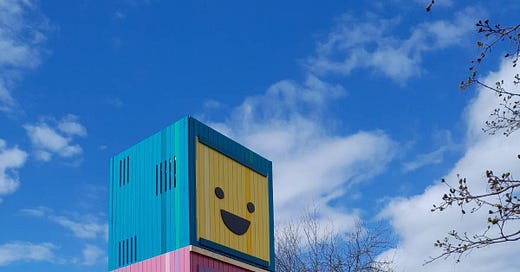



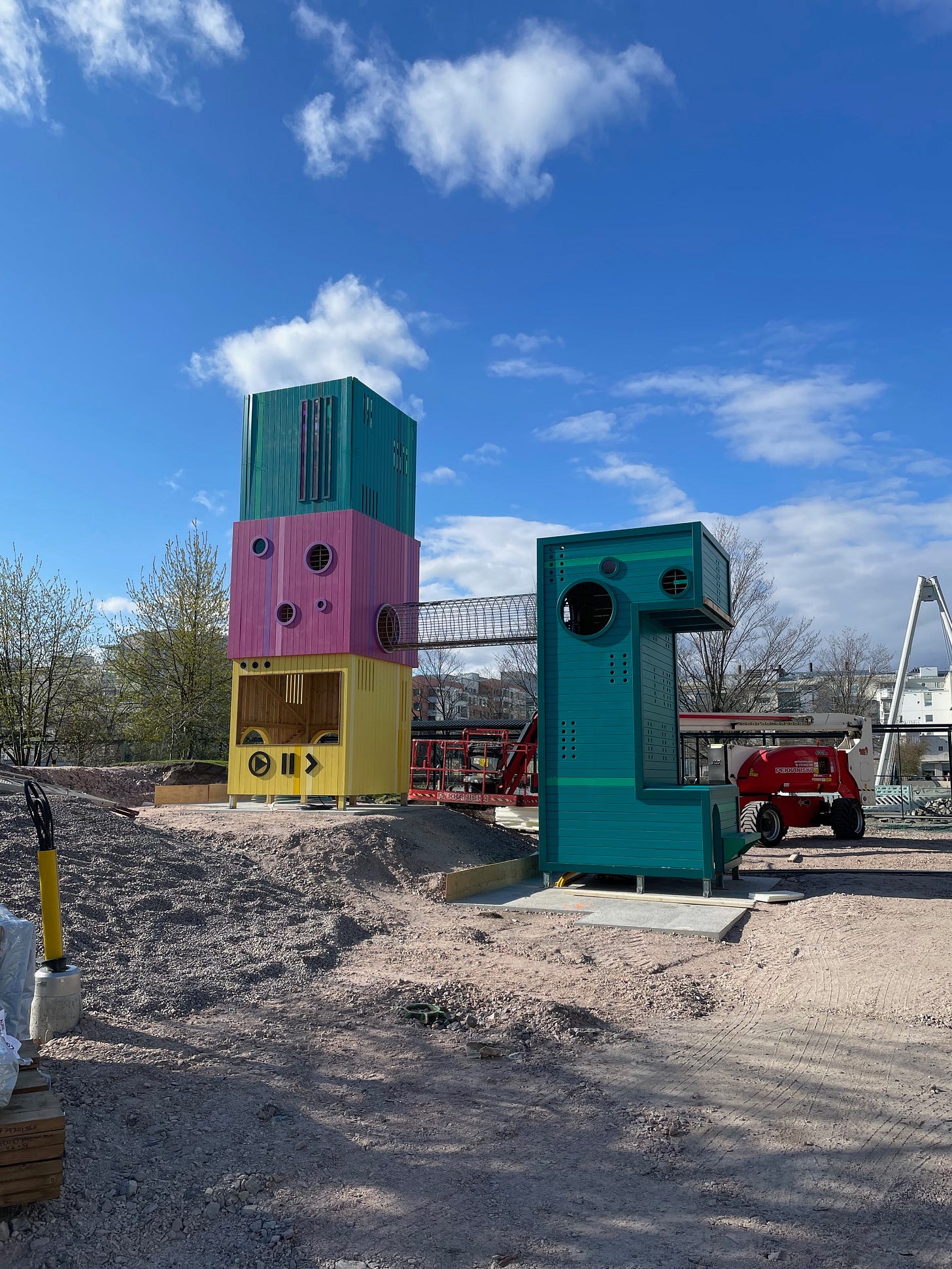
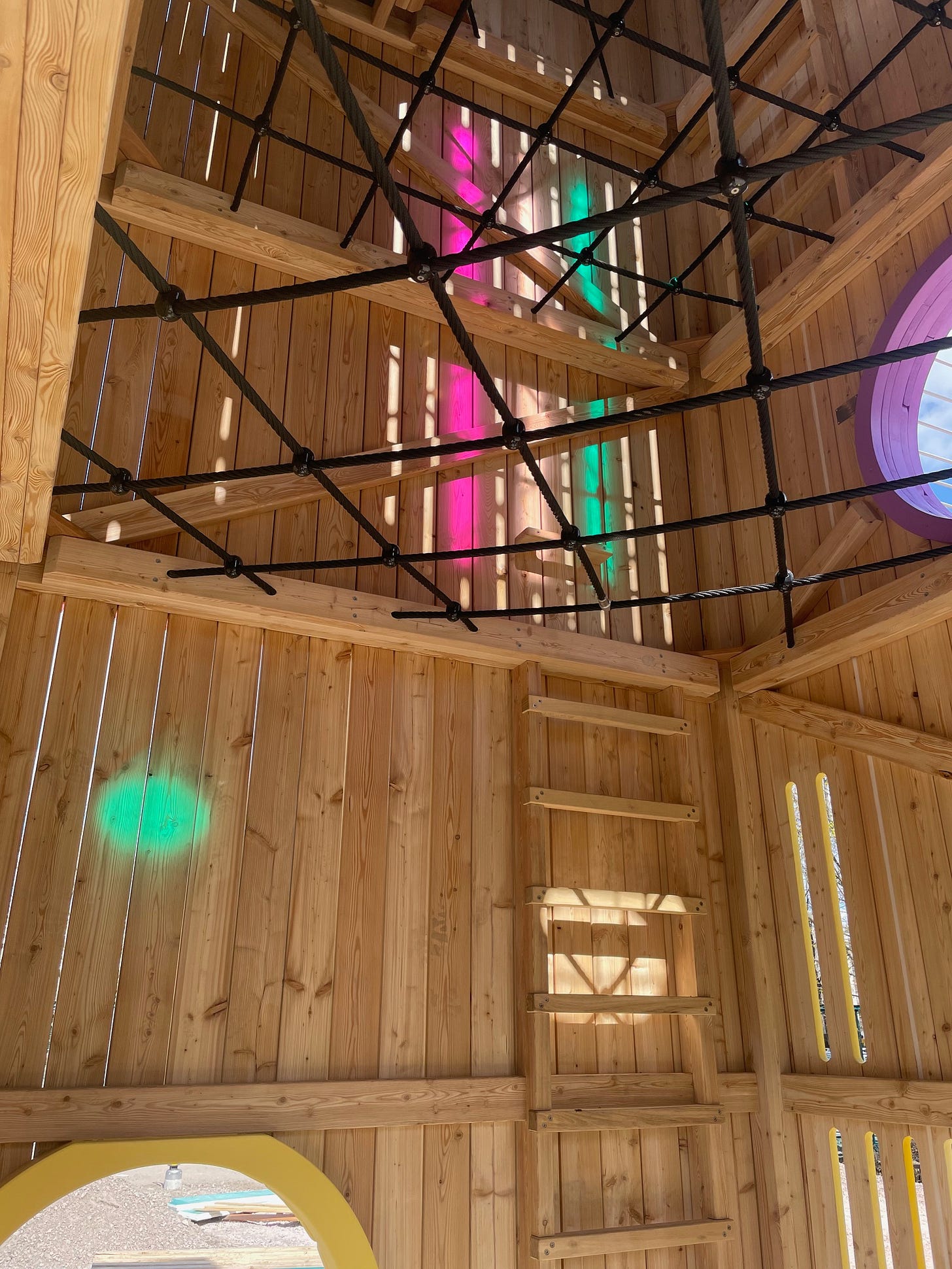
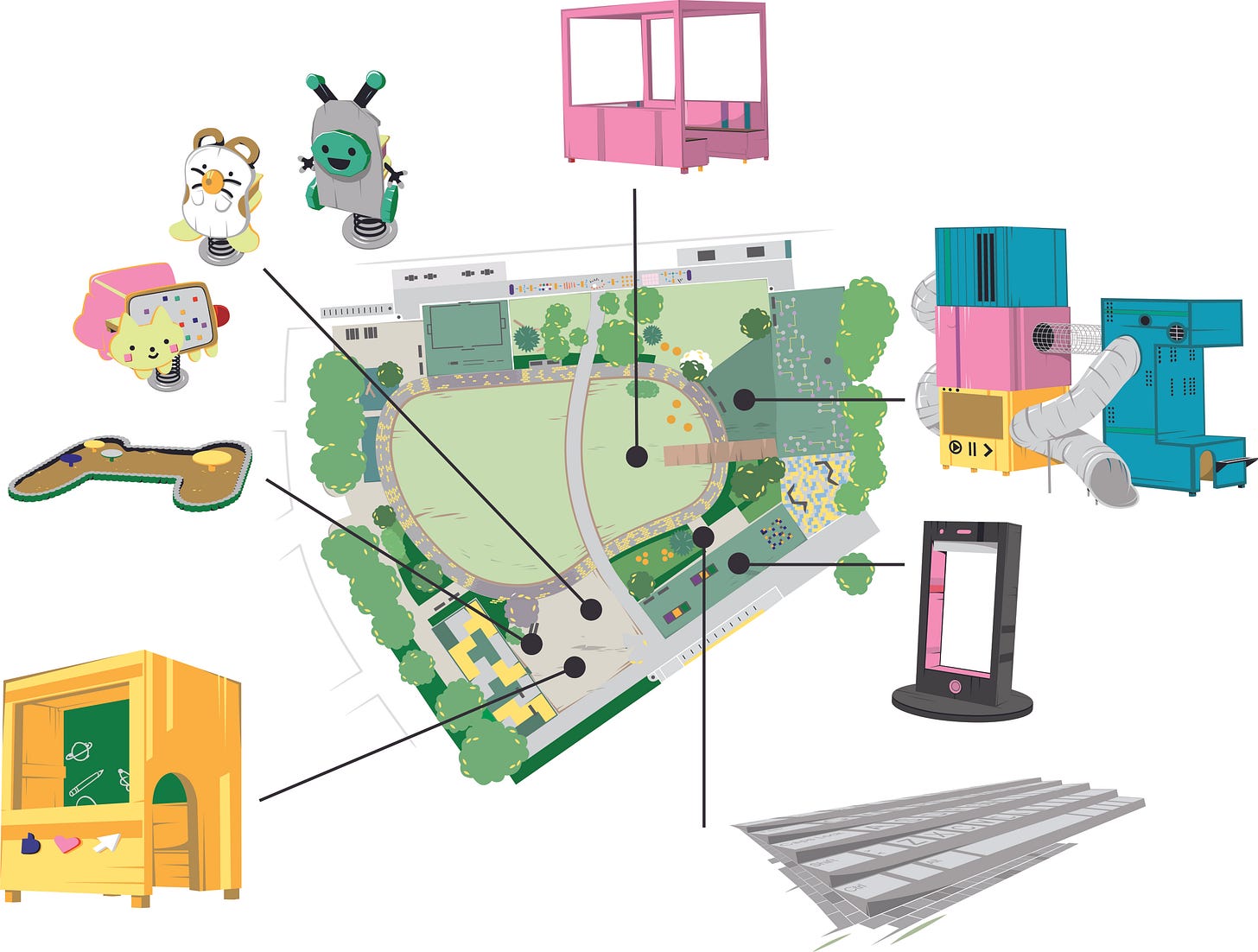


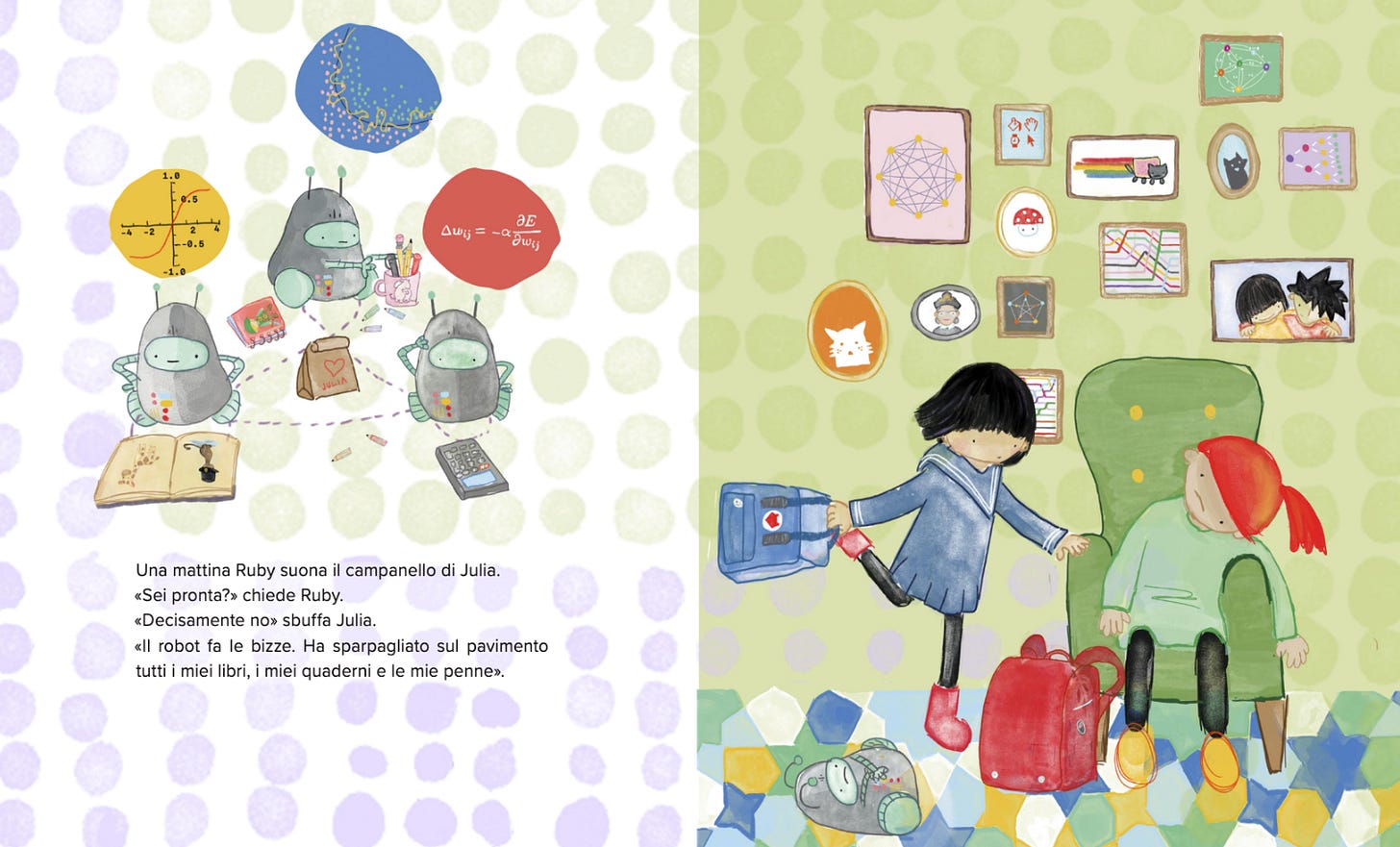


Linda! I was so happy to find this linked in the Girl Geek newsletter. We met many moons ago at the Codecademy office. Rails Girls help change my career from accounting to software! Rails Girls was my first open source contribution via a "how to use GitHub" article. SO cool to see what you are up to! Congrats on the playground - so awesome!